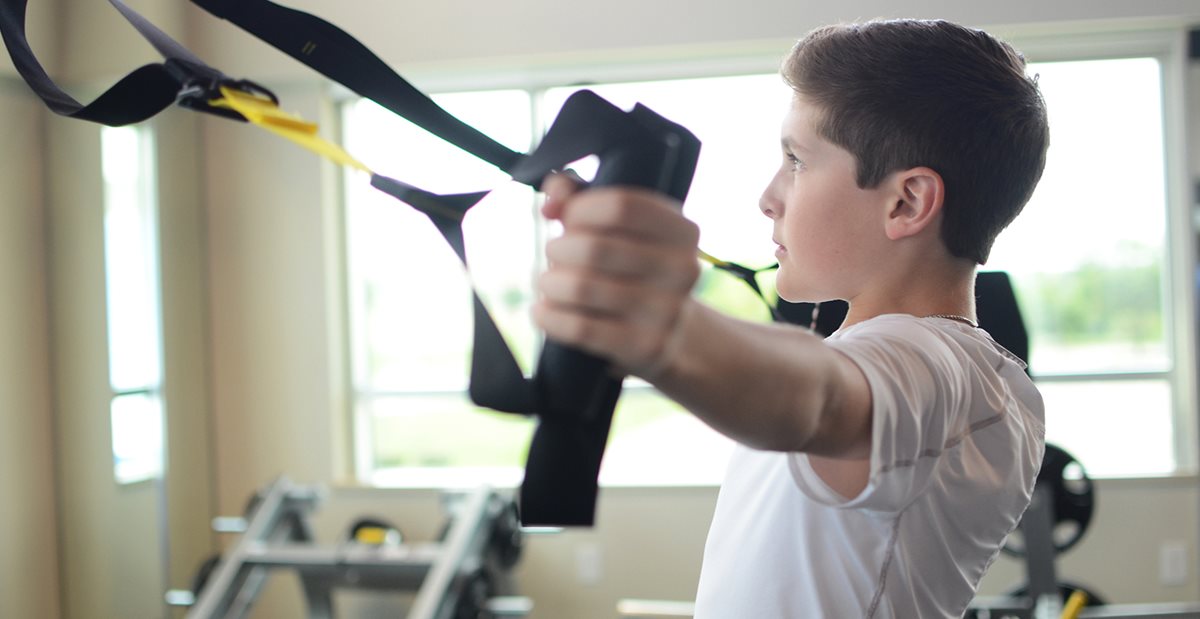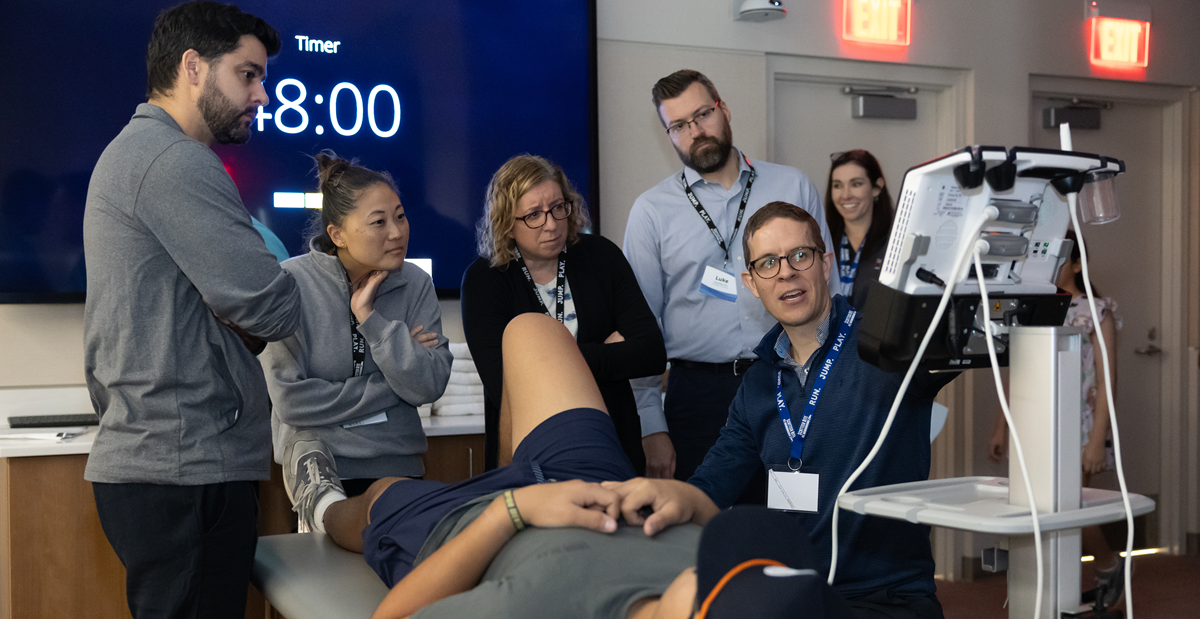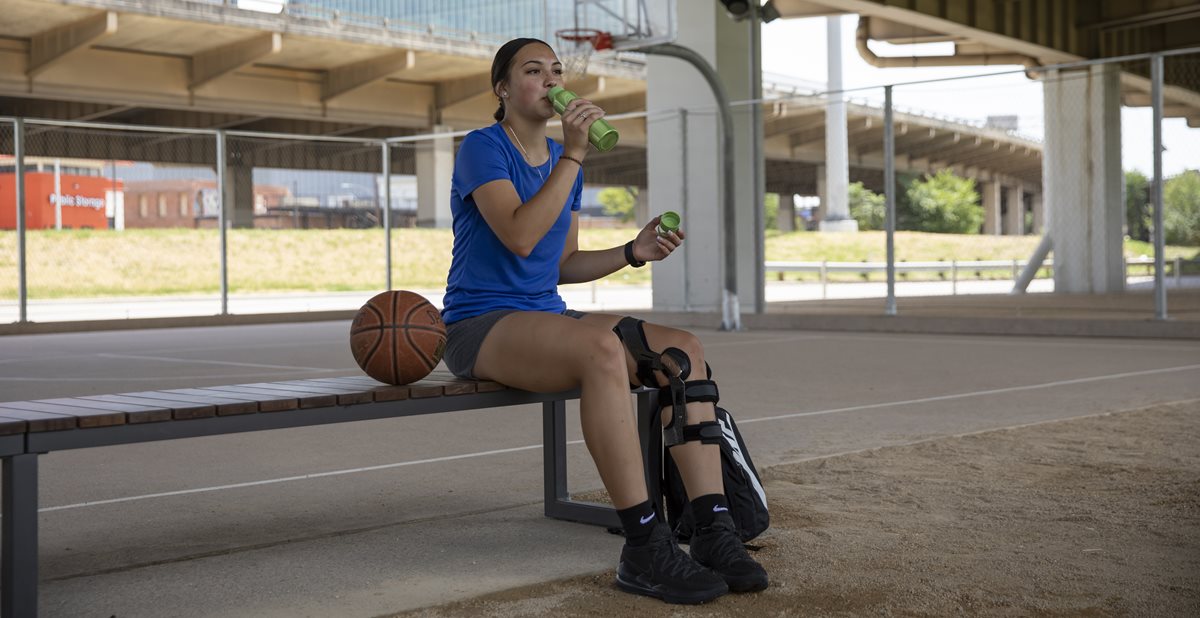
Jul 26, 2016 / Sports Medicine
Returning to Play After an Injury – Special Considerations for Young Athletes – Sports Medicine
Whether your child is the star quarterback ready for college recruiters or just starting a youth sports program, we know safety is important to you. As pediatric sports medicine specialists, we are also dedicated to preventing injuries. Research has shown that overuse injuries, problems from repetitive motions with running, jumping and throwing, are preventable. An evolution of equipment and rules has helped to reduce other injuries in young athletes. Jamie Wightman, Scottish Rite Hospital athletic trainer, reminds us that "young athletes are still growing, so it is important to remember that these injuries often happen at sensitive areas of the bone called growth plates."
Some injuries are going to happen, and once they do, it’s important to respond appropriately and to return to sports only when the injured area is ready. This is important for a couple of reasons. First, there is no need to play with pain or make pain and symptoms last longer because the area hasn’t healed. Additionally, pain can cause an athlete to compensate or begin to use their body differently to protect the injury. This can lead to new injuries.
We know what it takes to get back on the field after an injury. Depending on the injury, recommendations may include rest and rehabilitation, or in some cases surgery may be considered. We asked our sports medicine experts to tell us a few things they consider when helping families discuss returning a young athlete to sports. Here is what they told us:
- Level of competition – What was the athlete’s level of competition before the injury, and is he or she planning to return to that level?
- Sport, position and season timing – What is the sport and position(s) played? How much of the season is left?
- Years of growing left – How long do we think the child will continue to grow and are the treatment options different based on their growth?
- History of previous similar injuries – Has the athlete had similar injuries before, and if so, how many times?
- Functional strength and stability – How well does the athlete perform standardized tests of stability and strength and will those skills translate to his or her chosen sport?
These are just a few of the questions to consider, and there are no right or wrong answers. That’s why a multidisciplinary team of pediatricians, pediatric orthopedic surgeons, physical therapists, athletic trainers, psychologists and others can provide the best advice. As a research and teaching hospital, we use evidence to help families make decisions, not our experience alone.
For information about injury prevention and pediatric sports medicine, please visit our Sports Medicine page.



